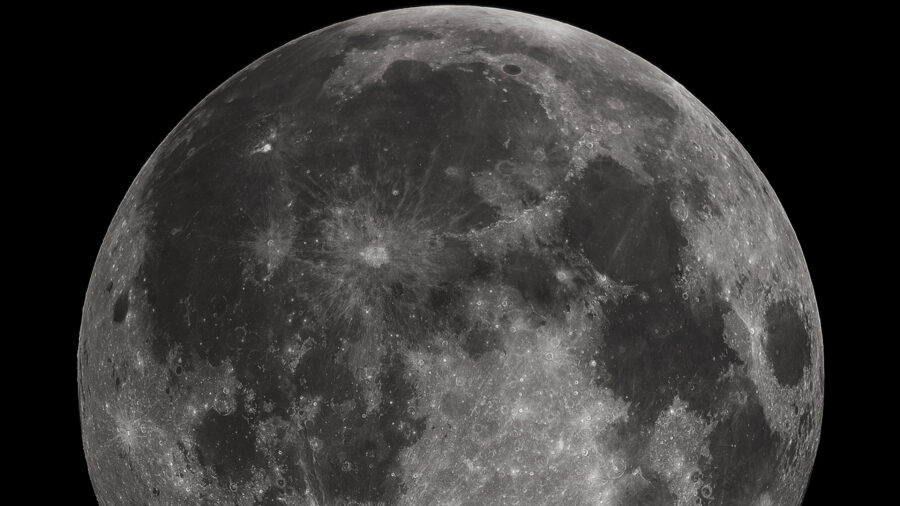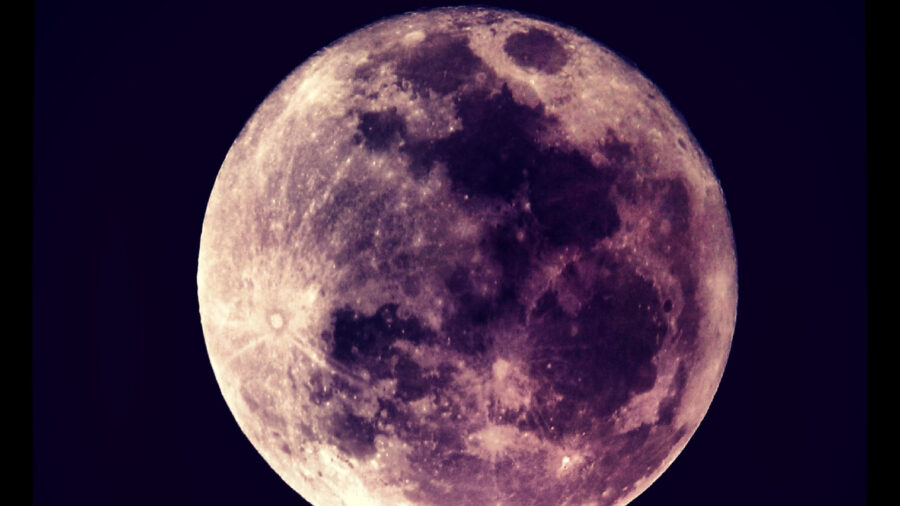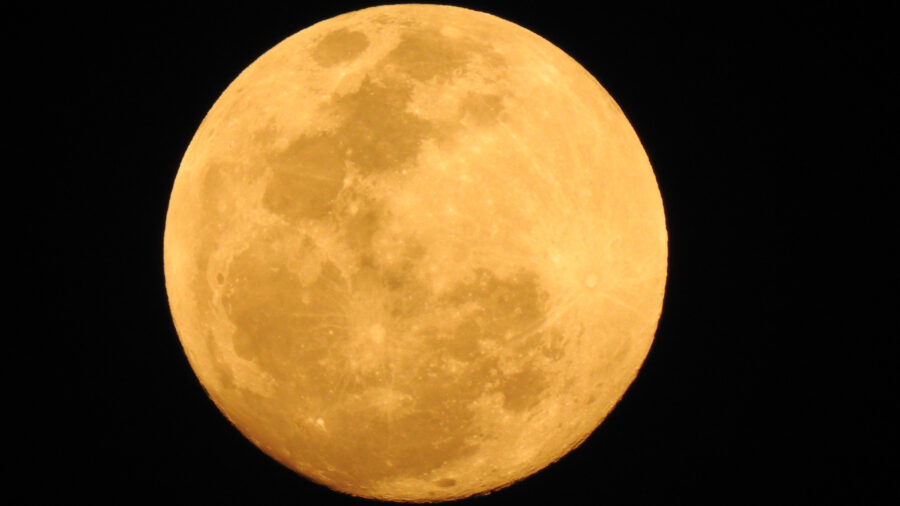China Has Landed On The Moon
China has managed to land on the moon. Here's all we know.
This article is more than 2 years old

China’s space program might not have the same intergalactic cache as countries like the United States or even Russian, but, especially in recent years, is starting to close the gap. They continue to push forward in space initiatives and technology. And though decades after it first happened with Neil Armstrong and Apollo 11, on Tuesday China landed another probe on the moon.
Unlike that first small step for man and one giant leap for mankind, the China moon landing didn’t have any human presence. Instead, it was their Chang’e 3 lander that touched down and presumably began collecting samples from the surface and below. It marks another of the country’s big forays in the space race and China’s third lunar trip in the last thirteen years. Back in 2007 the Chang’e 1 first orbited the moon.
Chinese authorities weren’t totally forthcoming about why they decided to land on the moon now, or why they chose the exact spot of touchdown, as Pink Floyd put it, the far side. This is the Ocean of Storms area which hasn’t been a primary focus of other space agencies in the past. Speculation is China is collecting moon rock and soil samples to possibly prepare for a human landing in that area. The apparent plan is to bring the samples back to Earth in the short term.

One of the reasons for a clouded or speculative message around this moon landing is that the CNSA (Chinese National Space Agency) isn’t in a cooperative mode with NASA. In fact, the latter is prohibited from working with Chinese citizens around space agency work because of national security concerns. This makes it difficult to sometimes ascertain motives around China’s specific missions.
This moon landing by China follows news over the summer that they’d launched a spacecraft with Mars as its final destination. At its current pace, the Tianwen-1 is set to touch down on the Red Planet sometime in February. It would mark the ninth craft to land on Mars to date with the inSight being the last to do so in 2018.
China was the third country to launch a human into orbit (after the US and Russia) but it didn’t happen until 2003, forty years after those two countries first pulled it off. But they’ve made a concentrated effort over the last 20 years or so to keep pace in developing technology that will help them also get to Mars and beyond.

It’s a fantastic time to be part of the burgeoning and competitive space race. Just two weeks ago, SpaceX became the first private company to launch humans into orbit. They teamed up with NASA in this initiative and had a successful launch with the final destination being a meet up with the International Space Station.
China’s trips to the moon and branching out into the race to possibly inhabit Mars just lend continued credence to the idea that space has become a global pursuit. More and more countries are increasing funding and scientific resources to push the boundaries of space. Things are only ramping up when it comes to the infinite unknown.













